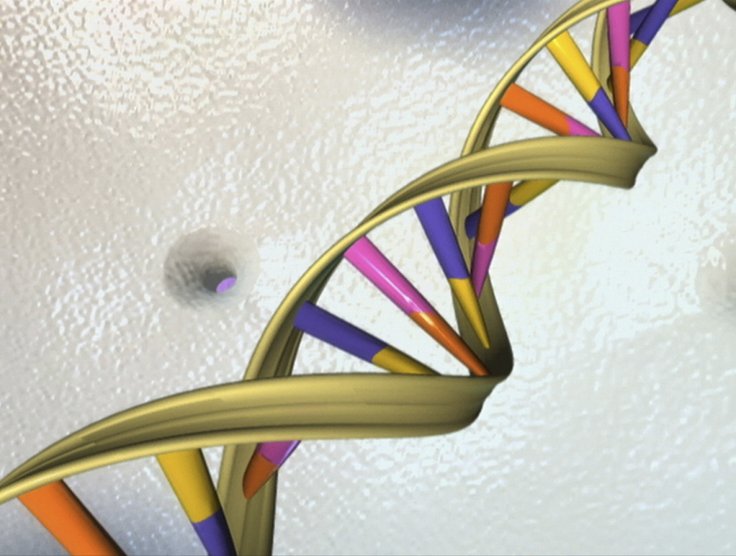
Scientists have developed an alternative to CRISPR -- Cas9 gene-editing tool that alters genomes – for greater control over genome edits, a breakthrough that can be particularly important in developing gene therapies, research has revealed.
The wildly popular CRISPR is prone to errors and unintended effects, but the alternative method called prime editing improves the chances for researchers to end up with only the edits they want, instead of a mix of unpredictable changes.
The new tool reduces the "off-target" effects, and capable of making a wider variety of edits, which may one day allow it to be used to treat the many genetic diseases that have so far stymied gene-editors, said the research published in journal Nature.
Lead author and chemical biologist at the Broad Institute of MIT and Harvard in Cambridge, David Liu, estimated that prime editing might help researchers tackle nearly 90 per cent of more than 75,000 disease-associated DNA variants listed in ClinVar, a public database developed by the US National Institutes of Health.
The specificity of the changes this tool is capable of making could make it easier for researchers to develop models of disease in the laboratory, or to study the function of specific genes, he said.
"You're going to see a lot of people using it," said Brittany Adamson, who studies DNA repair and gene editing at Princeton University in New Jersey.
Prime editing appears to be more precise and versatile than other CRISPR alternatives, including modified versions of CRISPR–Cas9 that enable researchers to swap out one DNA letter for another, and older tools such as zinc-finger nucleases, which are difficult to tailor to each desired edit.
CRISPR–Cas9 breaks both strands of the DNA double helix and then relies on the cell's own repair system to patch the damage and make the edits. The repair system is however unreliable and can insert or delete DNA letters at the points where the genome was cut, leading to an uncontrollable mixture of edits that vary between cells.
Prime editing, which also uses Cas9 to recognize specific DNA sequences like CRISPR bypasses these problems as its editing enzymes do not have to break both strands of DNA to make changes.
Liu says his team will now evaluate how well the system works in a variety of cells and organisms, adding the first study is "just the beginning of a long-standing aspiration in the life sciences to be able to make any DNA change at any position in an organism".








